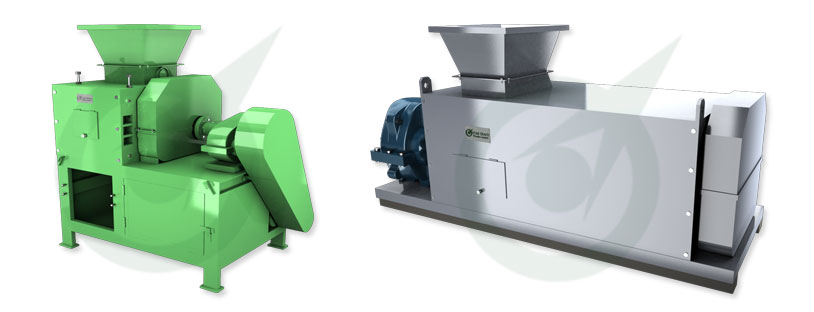Other Equipments- Coal Briquetting Machine


Coal briquetting is used for pressing coal fines into pieces of geometrically regular and uniform shapes. Coal after being briquetted are energy saving, environmental friendly, easy to transport and improved in wastes recycling time, which make it have good economic and social benefit. The coal briquetting machine can save energy and protect the environment.
Coal Briquetting is done either with a binder at intermediate pressures and without binders at high pressures. Briquettes of different shapes (Round/square/hexagon) can be prepared by this Coal Briquetting machine. The performance of the coal briquetting machine mainly depends on the roller of the main engine which is made of 65 manganese.
The complete set of processes involved in a Coal Briquetting Machine isMixing is the first stage in which, a wheel mill machine is a really sensible mixing device for one can service several purposes. It has not only the function of mixing coal powder with liquid binder as usual mixer, but also can press to increase the density of coal dust, so that the final briquettes can be very hard and with good strength.
Briquettingis the next stage, where the coal powder along with the binder is pressed and formed into definite shapes called briquettes.
Dryingis the last step of making coal briquettes; it is used for drying the final briquettes which have 15-20 % water content due to the liquid binder.
Advantages- Sturdy structure.
- High quality material of construction.
- Employs advanced operating technology.
- Provides maximum profitable output from the low cost input raw material.
- Increases the calorific value for per unit volume of the briquette prepared.
- Smokeless, non-smelly and non-chemical production functionality.
- Raw material fall onto the rollers for further processing without encountering obstacles in between.
- The raw materials are pressed into definite shape by the pressure of the two rollers.
- Suitable to be used within, small, medium or large industrial establishments.
| Model | STCB 1 | STCB 2 | STCB 3 | STCB 4 |
| Production Capacity | 10-20 TPH | 20-30 TPH | 30-40 TPH | 40-50 TPH |
| Width of the roller | 350 mm | 380 mm | 450 mm | 550 mm |
| Diameter of the roller | 650 mm | 750 mm | 850 mm | 850 mm |
| Power | 30 kw | 35 kw | 37 kw | 45 kw |
| Mode of Operation | Punching press | Punching press | Punching press | Punching press |
| Speed of main shaft | 15 - 17 r/min | 15 - 17 r/min | 14 - 16 r/min | 14 - 16 r/min |
| Type of pressure | Hydraulic | Hydraulic | Hydraulic | Hydraulic |
| Material of roller | 65Mn 9Cr 2Mn | 65Mn 9Cr 2Mn | 65Mn 9Cr2Mn | 65Mn 9Cr2Mn |
| Form of structure | Double roller single press | Double roller single press | Double roller single press | Double roller single press |
| Main shaft | D:165mm forging steel | D:250mm forging steel | D:250mm forging steel | D:250mm forging steel |
| Shape of final briquettes | Round/square/hexagon/other shape by customizing the related molds. | |||
- The machine capacity depends on its execution, size and kind of material used
- Briquette length can be altered by adjusting the machine and size.
- Machine size/weights depends on press par/hopper and extra equipment

